Using Nearpod
Creating and presenting interactive presentations, formative or summative exams, and content on social justice, digital citizenship, vocabulary, SEL, and other topics may all be done with Nearpod. With Nearpod, teachers may incorporate interactive elements into any lesson—in a physical or virtual classroom. The idea is straightforward. A teacher can make interactive presentations with polls, videos, collaborate boards, quizzes, and other features.

The Nearpod app has a ton of amazing features. Its ability to create and share interactive presentations is possibly its best feature. This is an excellent method of involving pupils in the class and keeping their attention. Moreover, Nearpod offers an abundance of tools and resources to assist users in making the most of the app. Additionally, Nearpod users form a vibrant community that is always eager to lend a hand and encourage one another. It is among the most widely used educational applications on the market. There are numerous explanations for its appeal. However, let’s talk about how it functions and is accessible first.
Nearpod has numerous advantages when used in the classroom.
- It can, for starters, aid in boosting enthusiasm and involvement among students. Even if prepackaged classes can be edited and virtual reality can be incorporated into the classroom, learning can still be engaging.
- The interactive and multimedia-rich nature of Nearpod classes can also aid to maintain students’ interest in the subject matter.
- With Nearpod, educators can easily implement gamification in the classroom without requiring many tab clicks.
- Educators can offer students a more interactive learning environment by utilizing 3D models and simulations.
- Teachers can use Nearpod for post-session reports and immediate feedback.
- Finally, teachers may design a more customized remote learning experience for students because they can engage in Nearpod sessions using their own devices.
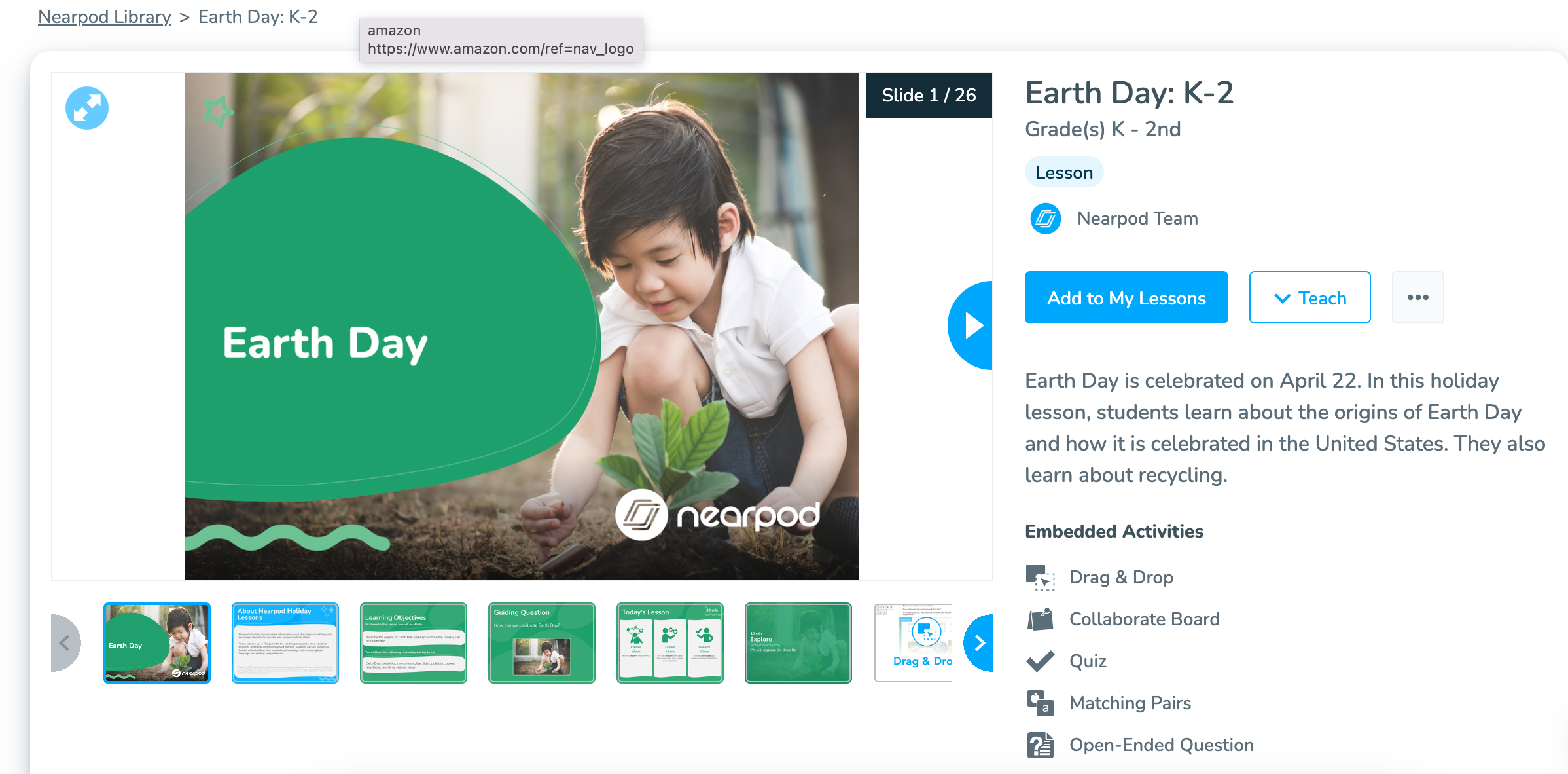
Here is an image of a Nearpod lesson for k-2 about Earth Day. I would use this Nearpod in my classroom.
Some Nearpod courses promote international cooperation by including virtual field visits to various locations, group projects with students from various countries, discussions of global concerns, cultural exchange activities, and language learning chances. Nearpod helps kids from different backgrounds develop empathy, cooperation, and cross-cultural communication skills through these exercises.
WE learning Virtual Center
The WE program, which is based on social and emotional learning and positive youth development, encourages adolescents to be their best selves and supports educators by equipping them with the necessary skills to become compassionate and future-ready citizens. I took a look at the Lesson Packages and Supporting Resources to see if I could fine any interesting lessons that I would want to use in my classroom.
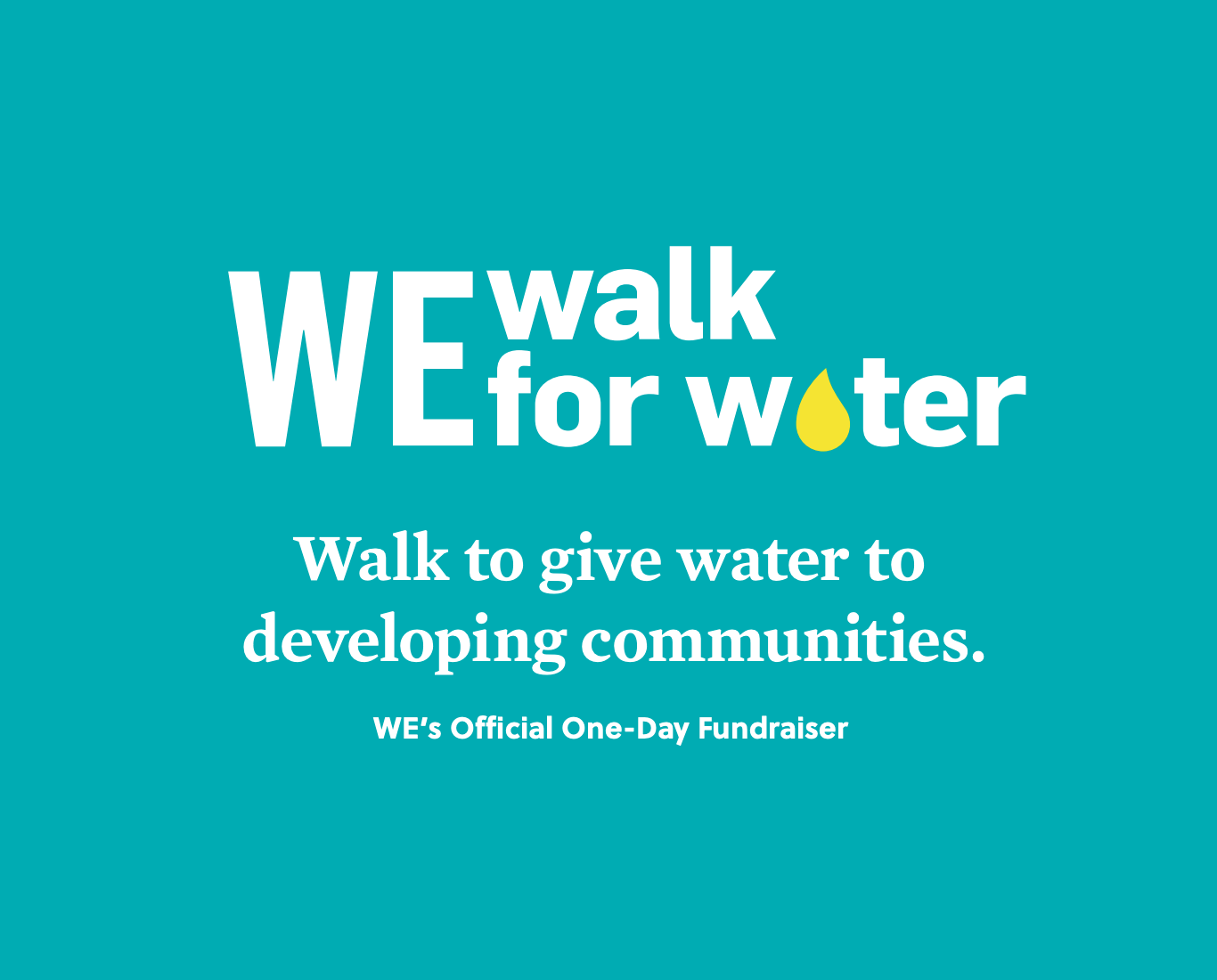
I came across the WE Walk For Water Campaign. The lesson states “With our Classroom Resources, educators can integrate service-based learning into their curriculum to broaden students’ understanding of issues they are passionate about.” There are 4 steps to this lesson/ campaign.
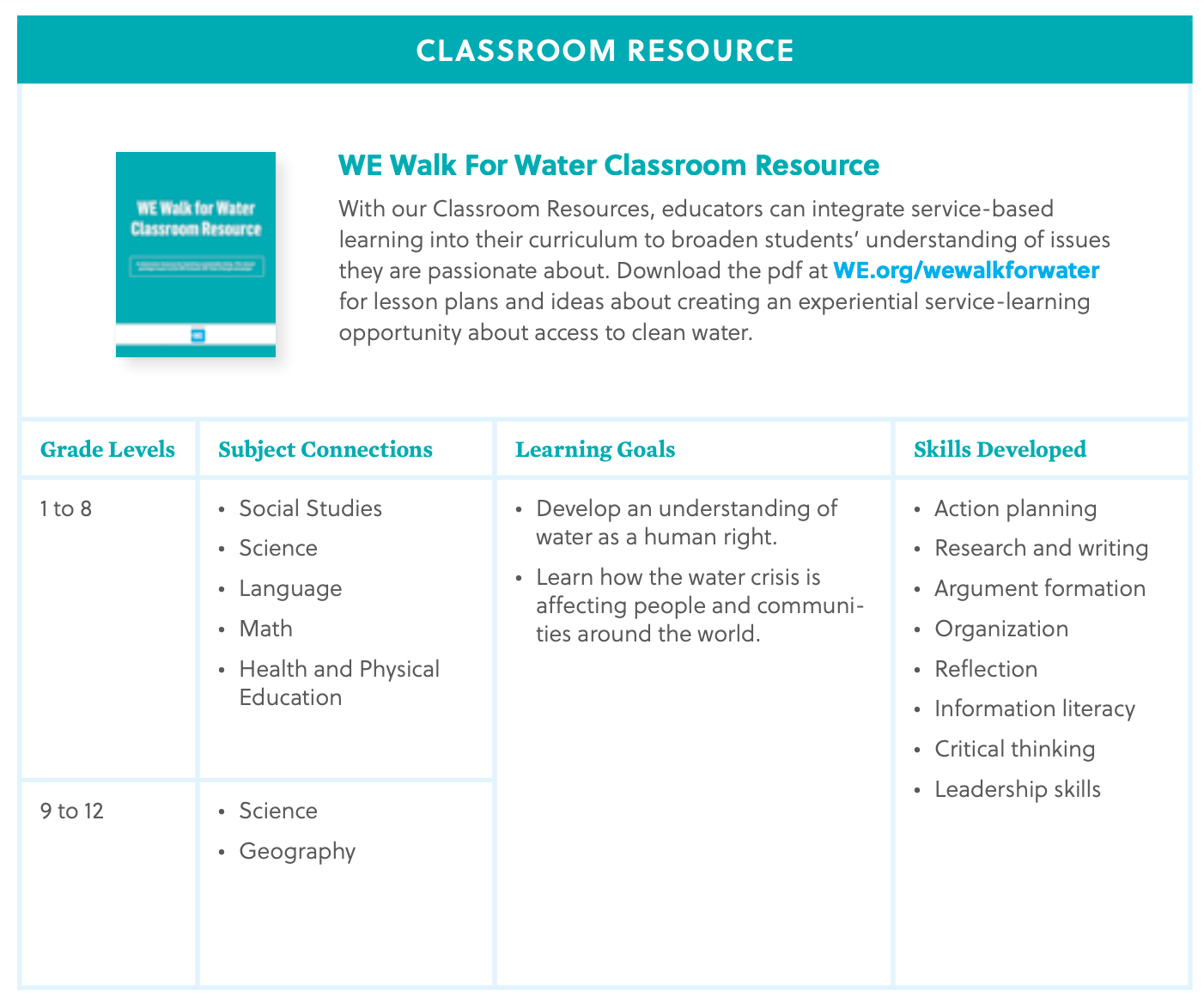
Step 1: Investigate and Learn
This step allows students to do some research, providing links and resources, with questions to support what they’ve learned.
Step 2: Action Plan
questions are asked about the student’s goals, and they will choose the date pf their walk. The, each group member is assigned a role in which they will carry out to the end of the campaign.
Step 3: Take Action
Student are directed to:
1- Make a donation page, a go found me, and explain why they are collecting money for clean water. They will create a team name and a goal.
2- spread the word, post on social media using #WEwalkForWater and tag @WEmovement.
3- Walk the walk, “On the day of your event, you will be walking for all of the women and children around the world who spend hours each day walking to collect water for their families. This walk and the money you’ve raised will create real impact in developing communities around the world.”
Students will then answer reflection questions about the fundraiser .
Step 4: Report and Celebrate
Students will answer report questions, and celebrate by posting the earnings to social media. At the end, Students will send in the earnings to the WE website.
I will be using the WE Virtual Learning Center in my future classroom, and I hope to do this exact lesson. Thank you!
Accessibility Tools
For students with disabilities who require hardware, software, or devices to enhance their functioning abilities in the classroom, assistive technology (AT) is offered at Stockton University. Students who struggle with language, auditory, visual, or both, as well as those who find it challenging to take notes in class, can all benefit from assistive technology.
Rocket book Beacon turns traditional whiteboards into smart boards with the Rocketbook app. Beacons have been placed on whiteboards throughout Stockton campus to help with notetaking and retention of information written on the whiteboards.
Dragon Naturally Speaking is a voice-activated application that lets students format, create, and edit documents by speaking aloud. The goal of this curriculum is to assist students in being more creative, productive, and adept at multitasking.
Read&Write is an application that helps teachers, staff, and students with daily chores including reading aloud from texts, comprehending foreign terms, researching assignments, and editing written work. It does this by providing an intuitive and user-friendly toolbar that makes the web, documents, and files more accessible. Anyone who needs further assistance with reading and writing, as well as English language learners and those with learning disabilities, can benefit greatly from this program. Students can use the portal on the Student Life tab to get this program for free.To have it installed on their computer, faculty and staff can submit a request through Information Technology Services.
C-Pen Reader is a portable gadget that uses a digital voice that sounds human in English, Spanish, or French to read printed text aloud.
FM Systems transmit voice and other signals to hearing aids via radio waves. Roger Pens and the conventional transmitter/receiver are available from us.

Smartpens function similarly to a pen, except instead of recording audio, it uses Bluetooth to communicate it to a computer, tablet, or smartphone. This tool records information that students might miss in the classroom and is intended to assist students in getting the most out of lectures.
Thunder T3 Air Flow Control technology in earmuffs lowers noise levels in the space.
I find each of these accessibility tools very helpful not only for students, but for teachers too.
hyperdocs
Hyper docs are digital lesson plans created and designed by teachers. It replaces traditional pen to paper worksheets. Hyper docs can be created through Google Slides, Google Docs and Google Maps. They are a packaged, self-paced, and self-directed learning experience, with choices for learners to explore, apply, and do in a guided settingAnother way to explain it is an online journey, students will click on links that will bring them to interactive websites, they will answer questions directly on the doc, and overall think, listen, watch, and explore.
In high school, we were assigned hyper docs, and I always found them fun and engaging. One aspect I like about hyper docs is Ed Puzzle. Ed Puzzle is a great learning tool. You can assign students a video to watch, and add questions while they are watching.
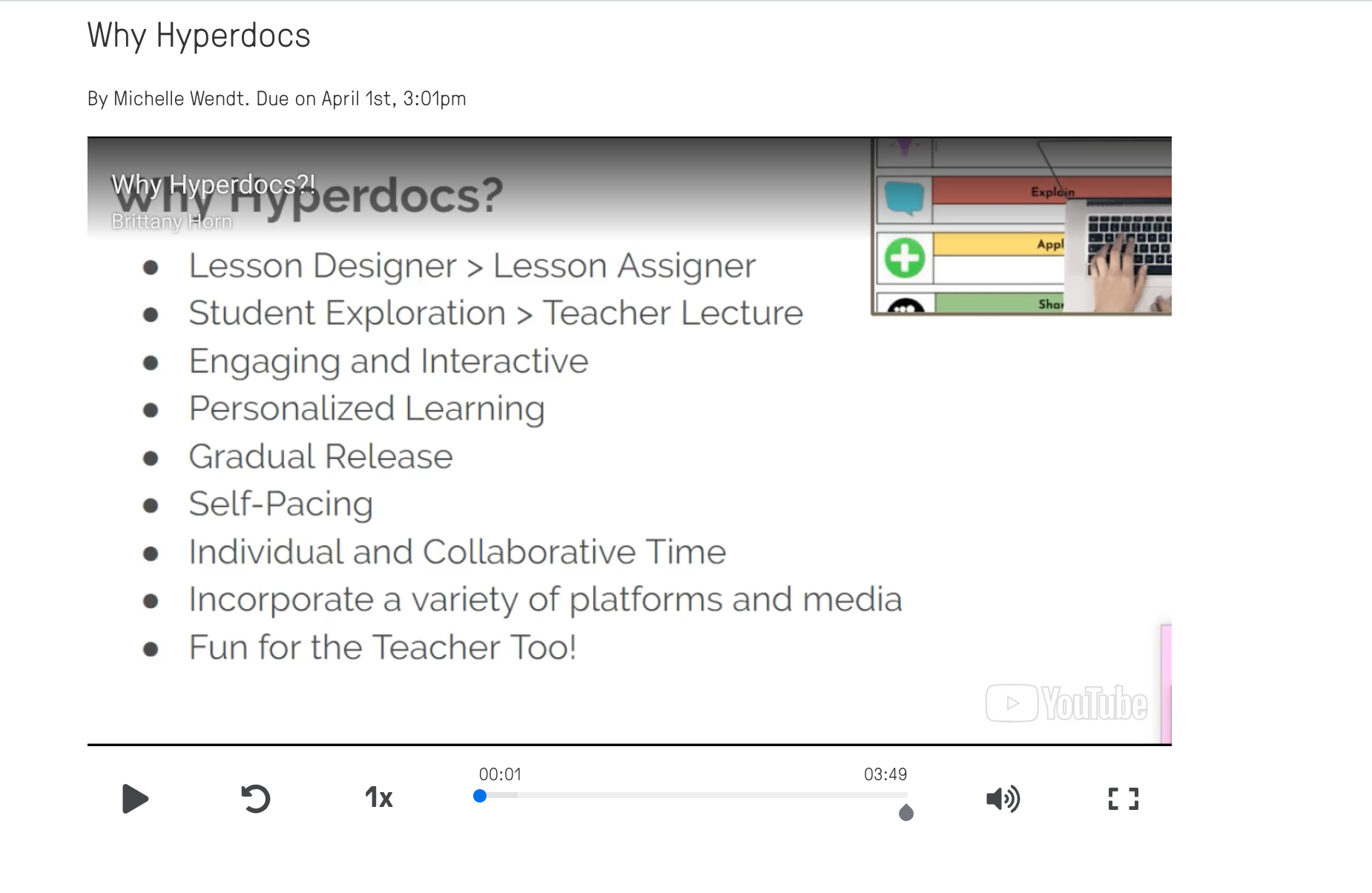
https://docs.google.com/presentation/d/1stWtUoV-m83UWAfDa-gmHytQ6efyhdjwIF-E9SWiqWc/edit?usp=sharing
This is a link to a hyper doc I found about the Water Cycle. It is a Google Slide that includes videos, questions that can be answered right on the slide, interactive water cycle websites, matching games, and a quiz at the end. This is an example of a hyper doc that I would assign to my students.
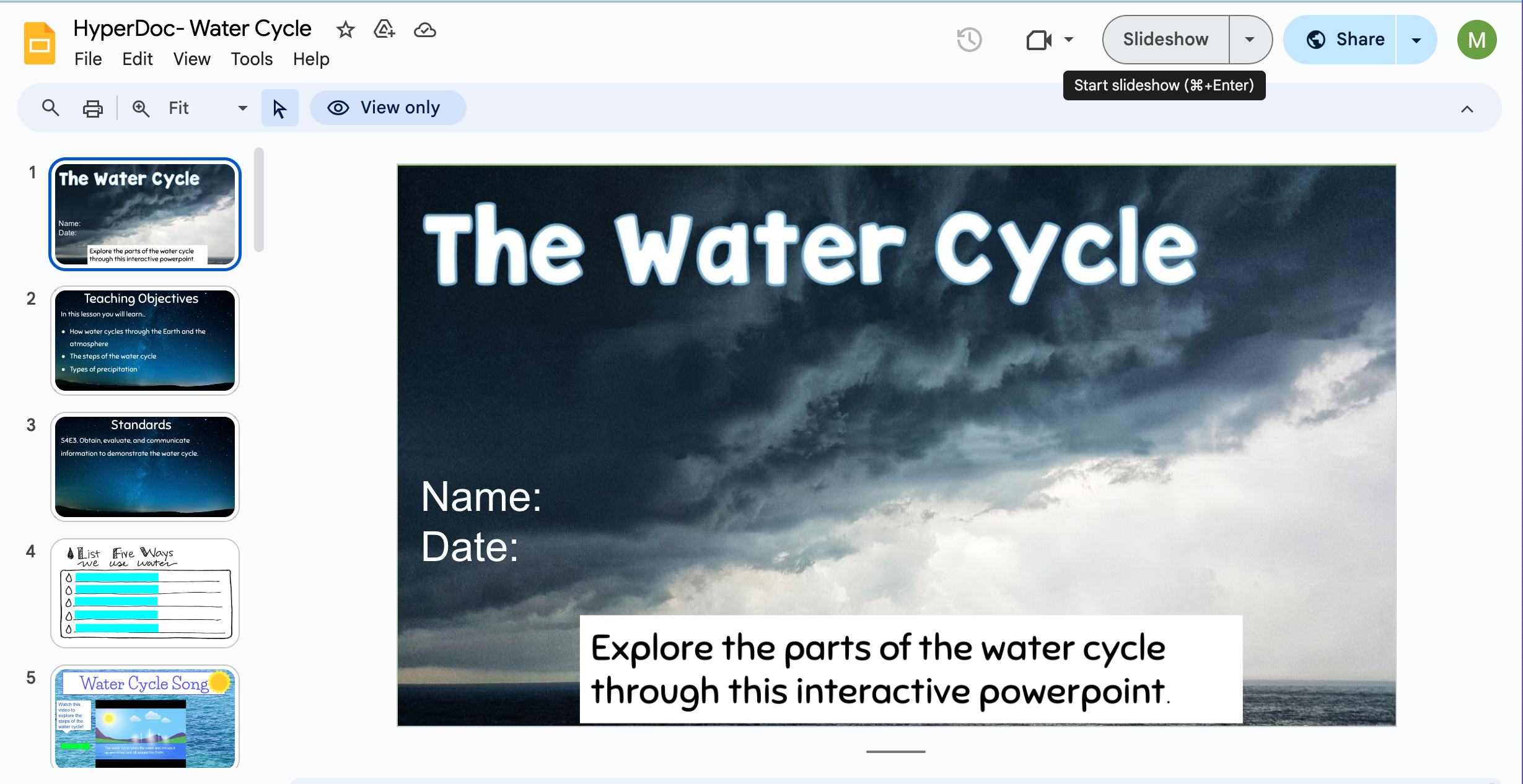

The Smithsonian National Museum of Natural History
The National Museum of Natural History is a natural history museum administered by the Smithsonian Institution, located on the National Mall in Washington, D.C., United States. it is open 364 days a year and has free admission! The museum was founded in 1910, and its current director is Kirk Johnson.
The virtual tour has many different places to visit. You can tour permanent exhibits, current exhibits, past exhibits, the museum support center and research stations. I took a look at the Rotunda: South which showcased the African Bush Elephant.
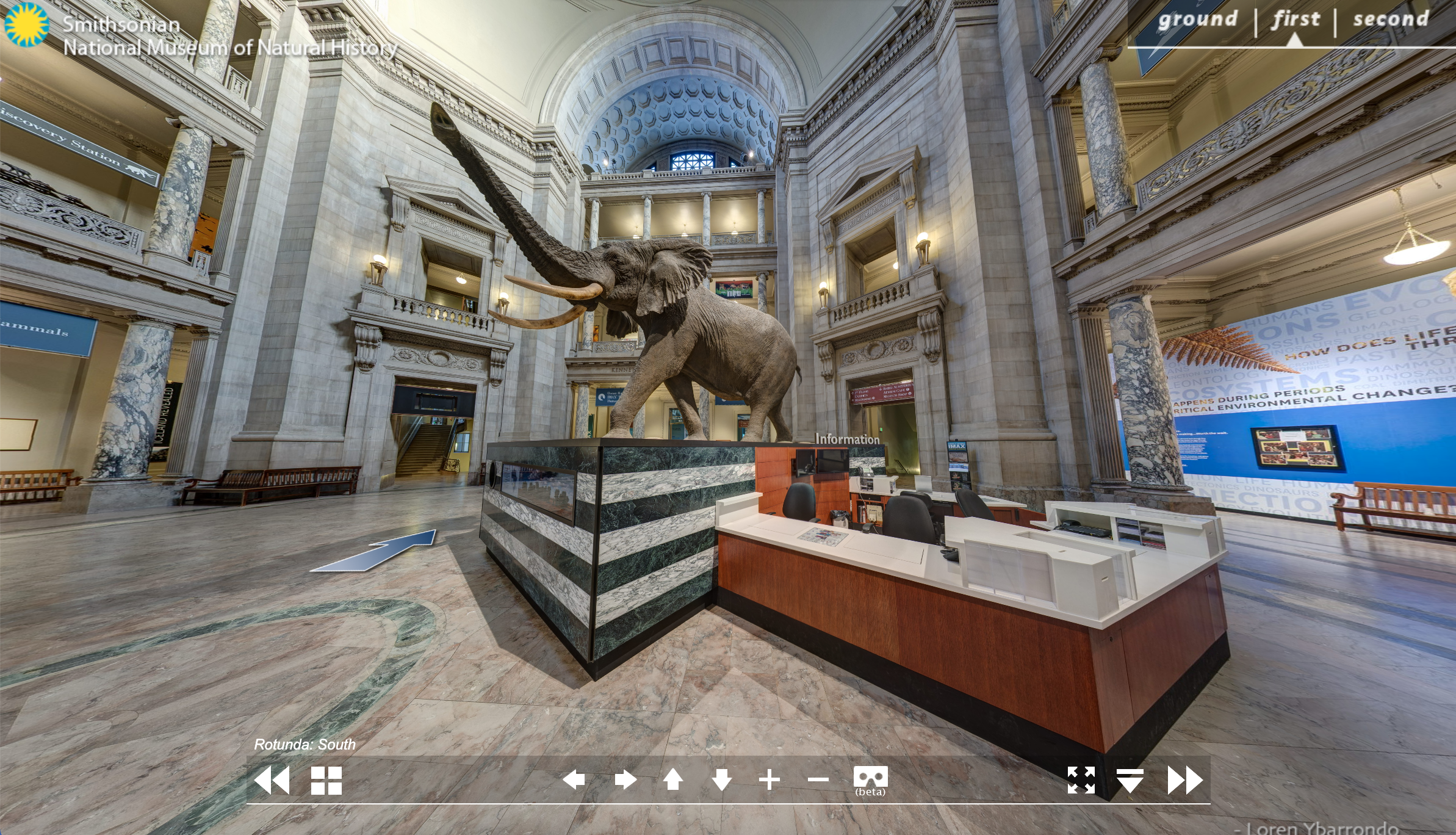
Next, I visited David H. Koch Hall of Human Origins where I saw Lucy. Lucy is a 32 million year old early human skeleton found in Ethiopia.
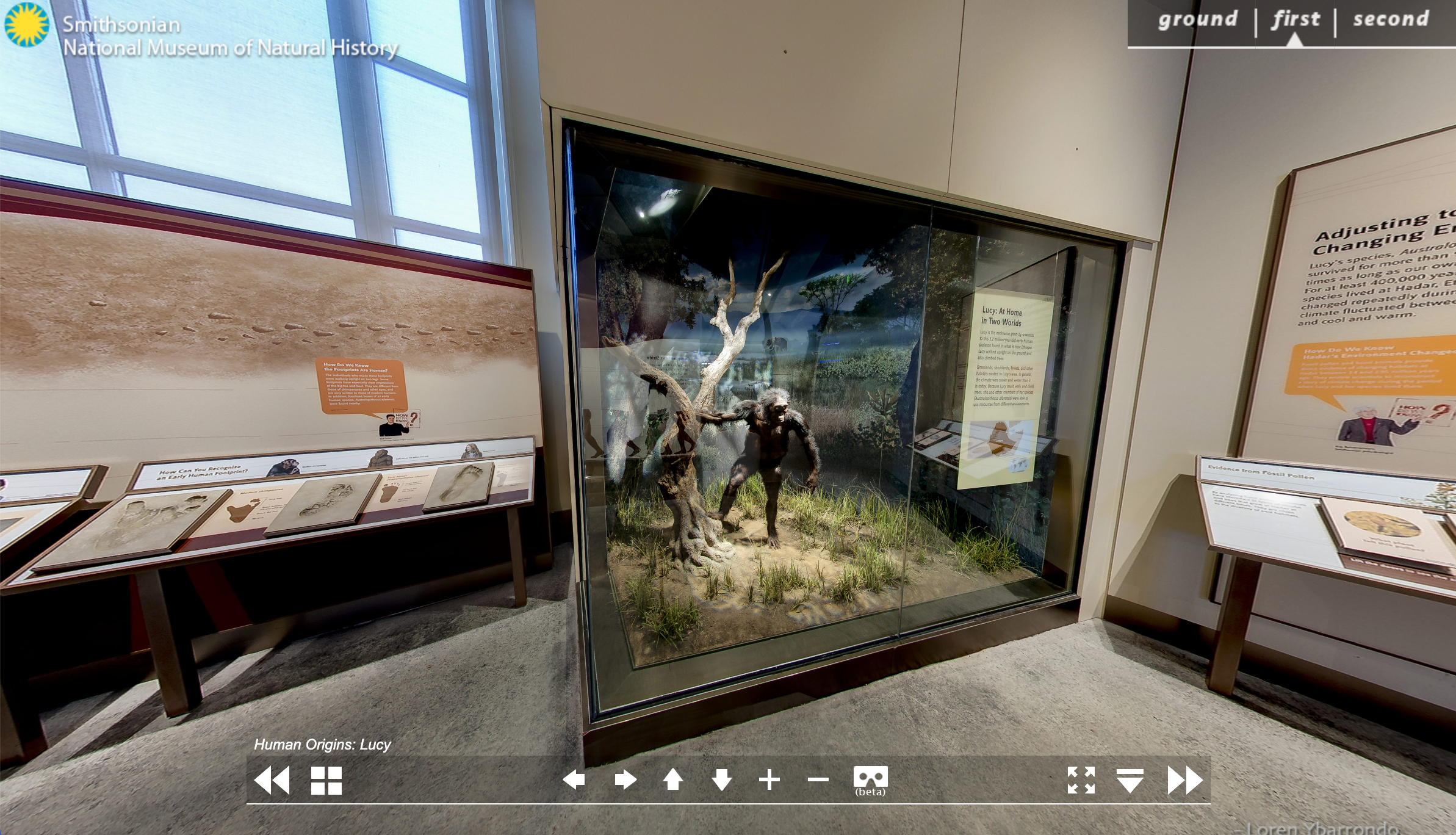
https://naturalhistory.si.edu/visit/virtual-tour
Be sure to follow me on X!! @morganmertz2026
Microsoft Translator
Microsoft Translator is a free, personal translation app for more than 70 languages, to translate text, voice, conversations, camera photos and screenshots. It has significantly more unique languages than Microsoft Translator. For example, Microsoft doesn’t support languages like Yiddish and Xhosa. In essence, if you’re looking for as many language pairs as possible, Google Translate is the way to go.
Microsoft translator can me used in multiple settings in life including the classroom. It can be used as a captioning or transcription tool. It can also add captions to meetings or create transcripts for classroom conversations. It is also used in professional settings like work zoom meetings.
Microsoft translator has a mobile app that allows teachers to have real time conversations with someone who does not speak their same language. It can also be used to translate menus, posters, and other written words.
Microsoft Translator in the Classroom
Student to teacher communication is just as important as student to student communication in classrooms. Students who come to school from non-english speaking countries, or if english isn’t their first language have the same right as everyone else to communicate in the classroom. Students have a personal translator with them if they don’t speak the same language as their teacher, but say this translator is sick, or this student wants to communicate with other students on the school yard. This is where Microsoft Translator comes in handy.
Follow my X account!! @morganmertz2026 💕
Using Empatico
Empatico is a free video-meeting technology platform that enables educators from around the globe to virtually connect their classrooms together. It’s mission is to have students connect with themselves, classmates, and the world, with a vision of being the leading classroom connector worldwide.
Empatico can be used synchronously and asynchronously to best suit an educator’s needs. Empatico is preparing students to navigate the complexities, challenges, and opportunities of life in our highly connected world, building a better future one classroom at a time.
Empathy Framework
Empatico has created the Empathy Framework, a unique, skill-based model for understanding empathy. This framework draws on research from a range of disciplines, including education, psychology, sociology, conflict resolution, and communication. The Empathy Framework promotes students’ healthy growth and the development of empathy in three areas: emotions, thoughts, and actions. using this framework, students can practice empathy towards themselves, towards others, and towards groups that are different from their own.
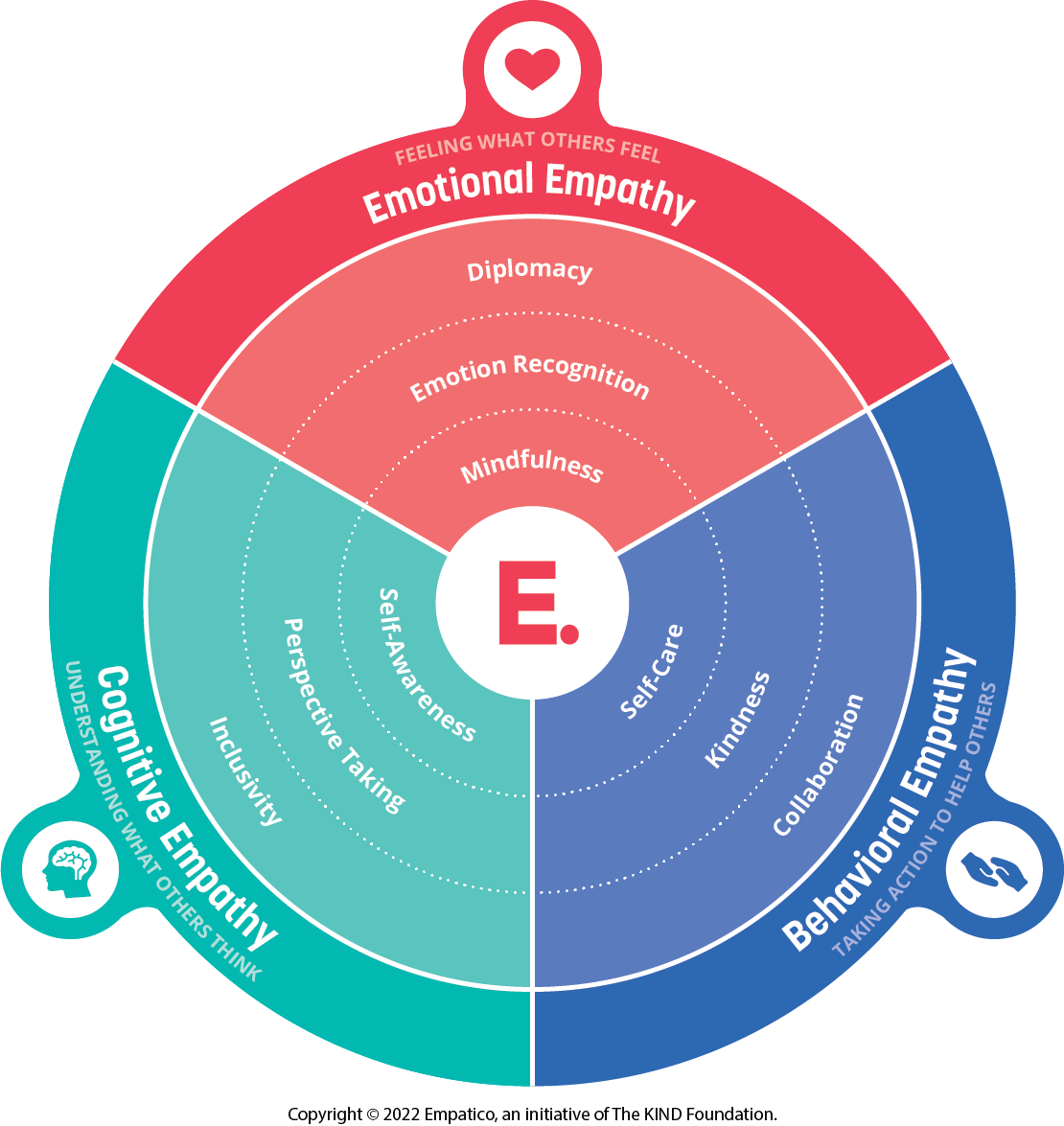
Empatico in the Classroom
I will use Empatico in my classroom through it’s language activities. Empatico allows your class to explore themes such as Greetings, Slang and idioms, Music, and Words from the heart in other languages in order to connect with students around the world. I will conduct class activities and discussions that will aid in a live exchange my class with have with a class from another country.
Follow me on X!! @morganmertz2026
Global Collaboration in Education
Collaboration in schools takes place when members of an inclusive learning community work togethers to assist students to succeed in the classroom. Collaboration in the classroom is vital in helping students learn and grow.
Why is Collaboration Important?
Collaboration is extremely important for creating a growth-based learning environment and for increasing learning progress. The benefits of collaborative learning include: Development of higher-level thinking, oral communication, self-management, and leadership skills. Promotion of student-faculty interaction. Increase in student retention, self-esteem, and responsibility.
Working in groups, and collaborating with fellow classmates gives students a second point of view, and a chance to open their minds to other solutions. Each student is unique, and bring different skills to the table, working together helps students to push their limits and think outside of the box.
Teacher Collaboration
Collaboration between teachers is just as important as collaboration between students. Just like students, when teachers work together to share ideas, their minds are open to new solutions and possibilities. One example of teacher collaboration is using your PLN (personal learning network) through social media. Connecting with teachers and administrators through social media allows you to share, comment, reply, post, and message about things like lesson plans and other classroom activities. When great minds come together, great outcomes are created.
Don’t forget to follow me on X @morganmertz2026 !!
AI in the Classroom
This article discussed AI in elementary classrooms. AI not only affects students in the classroom, but outside the classroom as well.
Homework Assistance
With new discoveries in artificial intelligence, schoolwork is becoming more technological than ever. AI can now be used for teachers to take attendance, grade assignments, and create lesson plans. On the other hand, certain AI websites like ChatGPT are assisting students in homework, assignments, and essays. These websites can generate responses, write essays, do math problems, and many more after being given instructions. This could be harmful to young students who’s brains should be developing, and should be learning from their assignments. Students learn from making mistakes and getting questions wrong. Critical thinking should be used instead of AI generators for completing homework.
Outside of the Classroom
Teachers should help students realize that:
- AI cannot display emotions, or make ethical decisions, only humans can.
- AI can interact with narure because they have sensors that can mimic animal senses.
- AI navigation systems know how to get from one place to another in the fastest way possible.
“The beauty of AI-supported tools and devices is that they blend often seamlessly into our lives; we can employ them without having to give much thought about how they work. This is obvious to adults who grew up in pre-AI world, but AI may appear to be mysterious or magical to children.” (Hands on AIPProjects for the Classroom, 6).
#webtools #AI #ChatGPT #AIinclassrooms